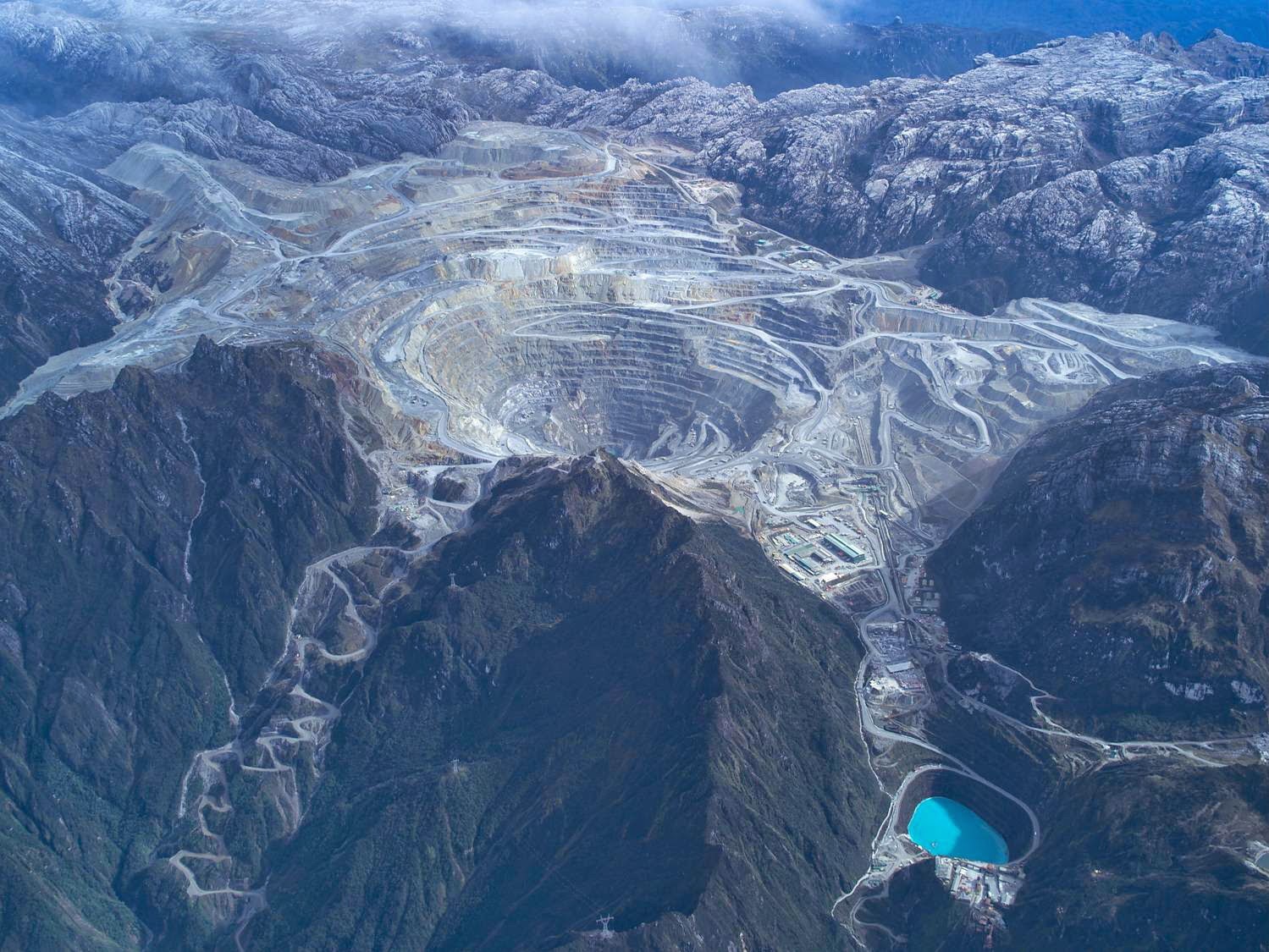Gold Mining
While
it is impossible to predict the exact time period that humans began to mine for
gold, research shows that it could be at least 7000 years old. Gaining access
to these gold resources were more difficult long ago, before the tools and
machines used today were invented. Today
approximately 2,500 metric tons of gold is mined and produced per year. With the
price of gold ranging around $256, all of the gold produced in a year is worth
about $12,805,000,000. India consumes the most gold out of all countries with
745.7 metric tons, followed by China with 428 tons, and the United States with 128.61
tons. That’s a lot of gold!!
There are several methods and processes that miners go
through to collect gold today.
The
first method is placer mining in which the use of water or dredging is most
often required. Gold accumulates in placer deposits that are composed of loose
material. This material makes it difficult to tunnel through the earth, making
the use of water for extracting the gold most productive.
Another
method for separating gold is an old fashion manual technique, panning. Most
often used in river beds or streams, pans are filled with mineral deposits, submerged
in water, shaken to separate materials, and sorted. The density of gold is much
higher than other minerals causing the gold deposits to settle at the bottom of
the pan. This method is the quickest and easiest but not the most efficient for
extracting large amounts of gold.
Sluicing
is a method used for small-scale extraction of gold. A sluice box is a man made
channel with riffles set in the bottom, creating dead zones in the current. This
allows less dense materials to flow through and out of the box while the more
dense gold deposits in the current drop out of the channel and settle behind
the riffles.
Small-scale
miners often use a method called dredging. Suction dredges are operated by one
or two people and float on the water. These machines consist of a sluice box
supported by pontoons and a suction hose that is attached. One of the miners
works beneath the water with the suction hose to collect gold deposits.
Large
gold mines produce materials that are left over after the separation process.
These things are called tailings, also known as mine dumps, slimes, or leach
residue. These tailings are harmful to the environment and introduce products
that were not initially exposed. The disposal
of these tailings is an important part of the mining process, as well as
creating a sustainable practice for the environment. In the past, these
tailings have been disposed as conveniently as possible, usually being dumped
into a river or stream of water. Sadly that method still exists with gold mines
in less developed nations that do not have as strict rules or regulations.
The largest gold mine in the world is the Grasberg Mine, located in Indonesia in the province of Papua.
The first traces of gold were found in 1936 by Dutch geologist Jean Jacques Dozy and the gold mine today has over 19,500 employees working there. This particular mine produces 230,000 tons of tailings per day, creating a large concern for damage to the surrounding environment. These tailings wash into the nearby river system that feeds into the Arafura Sea, causing large amounts of sediment and native fish populations to disappear.

















